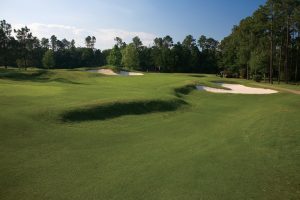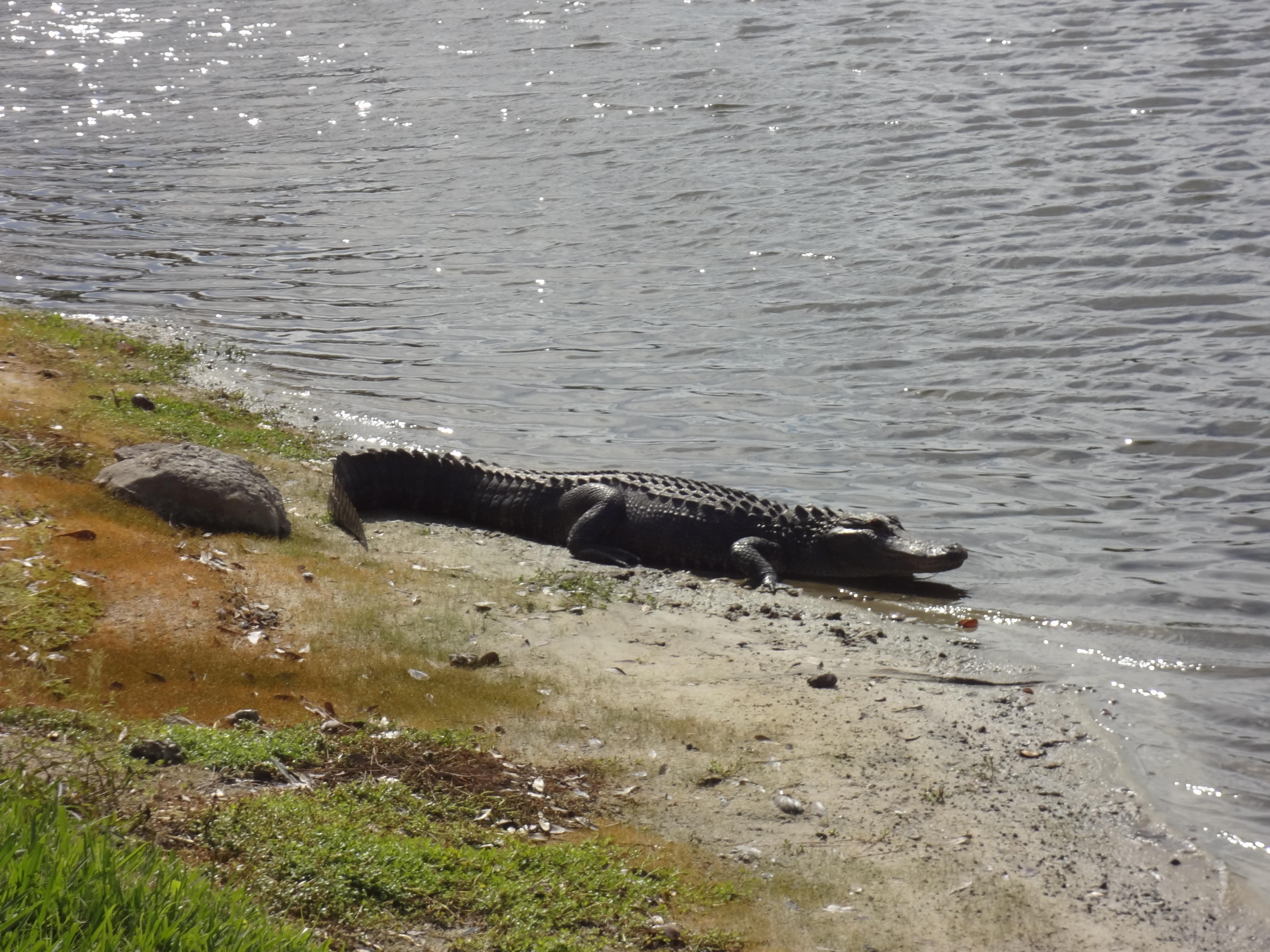When the first major championship of the PGA Tour season tees off Thursday there’ll be two players with Chicago roots in the field.
Luke Donald, the Northwestern alum and the world’s No. 1-ranked player will try to make the Masters his first major title. So will Mark Wilson, who has made Elmhurst home in recent years but doesn’t have the high profile that Donald has. Wilson is even reluctant to call some courses for a tee time.
“I don’t know if they’ve heard of me,’’ Wilson lamented earlier this spring. “No one’s heard of me. When I call up I can’t just say my name — like Phil (Mickelson) or Tiger (Woods) can. I have to add `I’m Mark Wilson, a PGA Tour player.’ Maybe they’ll be looking me up on the computer when I’m on the phone to see if it’s legit.’’
Well, Wilson is definitely legit. He has won five times on the PGA Tour, three in the last two years and the Humana Challenge in January. And, his profile must be changing.
Sports Illustrated did a feature on Wilson in its Masters preview edition, and his success has led to other off-course possibilities, like course designing. He was suggested as a consultant during recent architectural presentations for the renovation of Oak Meadows course in Addison recently.
Nothing’s official on that front, but Wilson’s profile will be upgraded in a hurry if he wins the Masters or makes the U.S. team for September’s Ryder Cup matches at Medinah Country Club — a 10-minute drive from his home. Despite that proximity, Wilson has never played Medinah.
“I walked around it a few times (to watch tournaments) when I was a kid,’’ he said. “I don’t play much when I’m home. I play Butler National or Cog Hill…..It’s easier to go over to Butler versus making a phone call and figure something out.’’
Like Donald, Wilson skipped last week’s Shell Houston Open to rest up for the Masters. He needed the break after playing four straight weeks without much success. His finishes steadily dropped in March, from a tie for 30th in the first of the four starts to a tie for 59th in his last one at the Arnold Palmer Invitational.
Wilson missed the cut in his only previous appearance at the Masters last year, but don’t let that fool you. Wilson has shown the ability to play well in big events. In addition to winning the Humana Challenge he finished third in February’s World Golf Championship – Accenture Match Play Championship, beating the likes of Dustin Johnson and Lee Westwood along the way.
Though Wilson has been a busy player the first four months of the season, that may change soon. His wife Amy is expecting their third child in August.
Local tournament watch
First significant event on the Chicago calendar is Monday (APRIL 9) when the Illinois PGA holds its Spring Pro-Assistants tourney at Royal Country Club of Long Grove, which its operators are now promoting as simply The Grove. Until last year it had been known as Hillcrest Country Club.
The Chicago District Golf Assn. holds its first competition on April 24, with the Better Ball of Pairs at The Glen Club in Glenview. The Glen will also return as the site of the Illinois Open this year. After a seven-year run there the IPGA conducted the championship at Hawthorn Woods Country Club from 2008 to 2011.
Mistwood, the Romeoville layout that has long been the home of the Illinois Women’s Open, has scheduled a June 1 re-opening. The course closed early last season to allow Michigan architect Ray Hearn to supervise a major renovation that also included the construction of a new learning center. Meanwhile, Mistwood owner Jim McWethy has bought the Ditka Sports Dome in Bolingbrook and plans to convert it into a golf and dining facility.
Ticket takers
The BMW Championship, held primarily at Cog Hill in Lemont since 2007, won’t be played until September but tickets for the PGA Tour event’s 2012 staging at Crooked Stick in Indianapolis went on sale last week.
Tickets will range from $20 for a daily practice round to $275 for a weekly badge with Wadley Club privileges. To check out the ticket options check out www.bmwchampionshipusa.com. The tourney will return to the Chicago area in 2013, at Conway Farms in Lake Forest.
Here and there
While most of the area courses have opened, Cog Hill’s Dubsdread layout won’t be available until April 14….Kemper Sports has taken over management duties at Fox Lake Country Club and installed Vince Juarez as general manager. Fox Lake becomes the 11th Illinois course under Kemper management. Kemper has also created a new private club division, called KemperCollection, with senior vice president Barrett Eiselman in charge….Greg Baresel has been added to the teaching staff at Cantigny in Wheaton. He has previously taught at Marengo Ridge and Oak Brook’s AthleticCo Golf Performance Center….Architects Greg Martin, of Batavia, and Art Schaupeter, of St. Louis, were selected from 22 candidates to handle the Oak Meadows renovation. Work on the DuPage County Forest Preserve layout, however, won’t likely begin until late in 2014 and with a re-opening expected in 2016 at the earliest…..The Illinois PGA will begin taking entries for the Ryder Cup Skills Challenge on Monday (APRIL 9). Competition for youngsters between the ages of 9-17 begins on May 1.
When the first major championship of the PGA Tour season tees off Thursday there’ll be two players with Chicago roots in the field.
Luke Donald, the Northwestern alum and the world’s No. 1-ranked player will try to make the Masters his first major title. So will Mark Wilson, who has made Elmhurst home in recent years but doesn’t have the high profile that Donald has. Wilson is even reluctant to call some courses for a tee time.
“I don’t know if they’ve heard of me,’’ Wilson lamented earlier this spring. “No one’s heard of me. When I call up I can’t just say my name — like Phil (Mickelson) or Tiger (Woods) can. I have to add `I’m Mark Wilson, a PGA Tour player.’ Maybe they’ll be looking me up on the computer when I’m on the phone to see if it’s legit.’’
Well, Wilson is definitely legit. He has won five times on the PGA Tour, three in the last two years and the Humana Challenge in January. And, his profile must be changing.
Sports Illustrated did a feature on Wilson in its Masters preview edition, and his success has led to other off-course possibilities, like course designing. He was suggested as a consultant during recent architectural presentations for the renovation of Oak Meadows course in Addison recently.
Nothing’s official on that front, but Wilson’s profile will be upgraded in a hurry if he wins the Masters or makes the U.S. team for September’s Ryder Cup matches at Medinah Country Club — a 10-minute drive from his home. Despite that proximity, Wilson has never played Medinah.
“I walked around it a few times (to watch tournaments) when I was a kid,’’ he said. “I don’t play much when I’m home. I play Butler National or Cog Hill…..It’s easier to go over to Butler versus making a phone call and figure something out.’’
Like Donald, Wilson skipped last week’s Shell Houston Open to rest up for the Masters. He needed the break after playing four straight weeks without much success. His finishes steadily dropped in March, from a tie for 30th in the first of the four starts to a tie for 59th in his last one at the Arnold Palmer Invitational.
Wilson missed the cut in his only previous appearance at the Masters last year, but don’t let that fool you. Wilson has shown the ability to play well in big events. In addition to winning the Humana Challenge he finished third in February’s World Golf Championship – Accenture Match Play Championship, beating the likes of Dustin Johnson and Lee Westwood along the way.
Though Wilson has been a busy player the first four months of the season, that may change soon. His wife Amy is expecting their third child in August.
Local tournament watch
First significant event on the Chicago calendar is Monday (APRIL 9) when the Illinois PGA holds its Spring Pro-Assistants tourney at Royal Country Club of Long Grove, which its operators are now promoting as simply The Grove. Until last year it had been known as Hillcrest Country Club.
The Chicago District Golf Assn. holds its first competition on April 24, with the Better Ball of Pairs at The Glen Club in Glenview. The Glen will also return as the site of the Illinois Open this year. After a seven-year run there the IPGA conducted the championship at Hawthorn Woods Country Club from 2008 to 2011.
Mistwood, the Romeoville layout that has long been the home of the Illinois Women’s Open, has scheduled a June 1 re-opening. The course closed early last season to allow Michigan architect Ray Hearn to supervise a major renovation that also included the construction of a new learning center. Meanwhile, Mistwood owner Jim McWethy has bought the Ditka Sports Dome in Bolingbrook and plans to convert it into a golf and dining facility.
Ticket takers
The BMW Championship, held primarily at Cog Hill in Lemont since 2007, won’t be played until September but tickets for the PGA Tour event’s 2012 staging at Crooked Stick in Indianapolis went on sale last week.
Tickets will range from $20 for a daily practice round to $275 for a weekly badge with Wadley Club privileges. To check out the ticket options check out www.bmwchampionshipusa.com. The tourney will return to the Chicago area in 2013, at Conway Farms in Lake Forest.
Here and there
While most of the area courses have opened, Cog Hill’s Dubsdread layout won’t be available until April 14….Kemper Sports has taken over management duties at Fox Lake Country Club and installed Vince Juarez as general manager. Fox Lake becomes the 11th Illinois course under Kemper management. Kemper has also created a new private club division, called KemperCollection, with senior vice president Barrett Eiselman in charge….Greg Baresel has been added to the teaching staff at Cantigny in Wheaton. He has previously taught at Marengo Ridge and Oak Brook’s AthleticCo Golf Performance Center….Architects Greg Martin, of Batavia, and Art Schaupeter, of St. Louis, were selected from 22 candidates to handle the Oak Meadows renovation. Work on the DuPage County Forest Preserve layout, however, won’t likely begin until late in 2014 and with a re-opening expected in 2016 at the earliest…..The Illinois PGA will begin taking entries for the Ryder Cup Skills Challenge on Monday (APRIL 9). Competition for youngsters between the ages of 9-17 begins on May 1.
For more golf news check out www.lenziehmongolf.com. To contact Len send an email to lenziehm@gmail.com.



